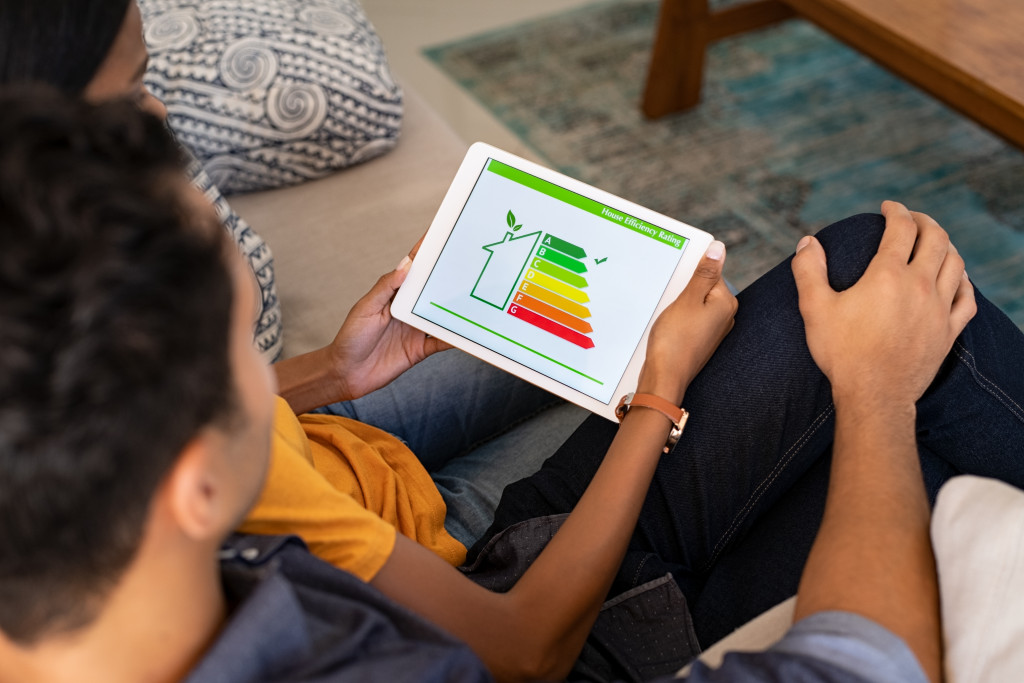Electricity is an essential part of modern life, and for many homes, it is the primary source of power. Without electricity, we would have to rely on candles, fireplaces, and other outdated alternatives to provide light and warmth. While electricity has made our lives easier, it can also be an expensive burden. This is especially true if our electrical bills are more significant than they should be.
Unfortunately, according to the U.S. Energy Information Administration data, Americans spend over $1 trillion annually on home electricity. An analysis conducted by WalletHub found that the average household in the U.S. spends around $117 per month on electricity alone – this equates to an approximate total of $1404 per year! Even worse, a U.S. Department of Energy report states that U.S. households pay 40% more for their electricity than other industrialized countries.
The battle to lower the electricity bill can seem overwhelming, but there are some steps that you can take to reduce your electricity consumption and the amount of money that you spend. Here are a few of them.
Find Sources of Inefficiency
Something is telling about an electricity bill rising every month despite you not changing anything in your home. This indicates that there are sources of inefficiency in how you consume electricity, and it is crucial to find them to reduce your electricity bill. Check your appliances and lights, as they may consume more power than necessary. If any of them is faulty or not functioning correctly, replace them with a more energy-efficient model.
Here are a few signs you can check on your appliances if you are not aware of them yet:
Air leaks
Appliances like refrigerators and air conditioners are notorious for leaking air. This means that they have to work harder to keep their specific temperature. To find these leaks, check around the door seals and windows – if there is a hole or gap, seal it with weather stripping to reduce wasted energy.
Manufacturer Ratings
Most appliances come with manufacturer ratings for energy efficiency. Check the rated energy consumption and compare it with similar models to ensure you get the most efficient one.
Check Maintainance and Repair Frequency
Maintenance and repairs need to happen, but they can add up in the long run if they happen too often. On top of that, if you are unsure which appliance needs repair, contact an expert to help.
Damaged Wiring
Damaged wiring can be dangerous and should not be taken lightly. If your outlets, switches, or cords have become damaged, have them repaired as soon as possible by a qualified electrician. Not only will this help to reduce the risk of an electrical fire, but it will also ensure that no electricity is wasted.
Get Energy Audit

An energy audit is a comprehensive inspection of your home that can help identify sources of inefficiency. During the audit, an expert will evaluate your current electricity usage and recommend ways to reduce it. You may even be eligible for money-saving programs or incentives from your utility company.
A home energy assessment test will cost around $200 to $300, but it can be worth the investment if you are looking for ways to reduce your electricity bill. The results will determine the best course of action for you to take, and many energy companies may even offer rebates or other incentives.
Improve Home Insulation
Improving your home’s insulation can help reduce the amount of energy wasted. Check for gaps in windows, doors, and other openings around your home that may be letting air escape. If needed, add extra insulation to help keep the temperature consistent throughout your house.
You can also improve your home’s insulation by replacing old windows with energy-efficient ones. This can help reduce drafts, enhance air quality, and lower your electricity bill.
Make Upgrades

You can upgrade your appliances to more energy-efficient models. New devices are designed with improved technology to reduce electricity consumption and help lower your bills. If you don’t want to purchase a new device, consider replacing the old one with more efficient parts or upgrading it with an energy-saving kit available at most stores.
You can also switch from traditional sources of electricity such as coal, natural gas, and oil to renewable sources like solar and wind power. This may require a higher upfront cost, but in the long run, you will save money on your electricity bill while helping protect the environment simultaneously.
Final Thoughts
If your electricity bill is too high, you don’t have to put up with it. There are several steps that you can take to reduce your consumption and save money on energy costs. From conducting an energy audit to making upgrades in appliances and insulation, there are plenty of ways to lower your monthly spending.
By following these tips, you will soon be able to enjoy a more comfortable home with lower electricity bills!
